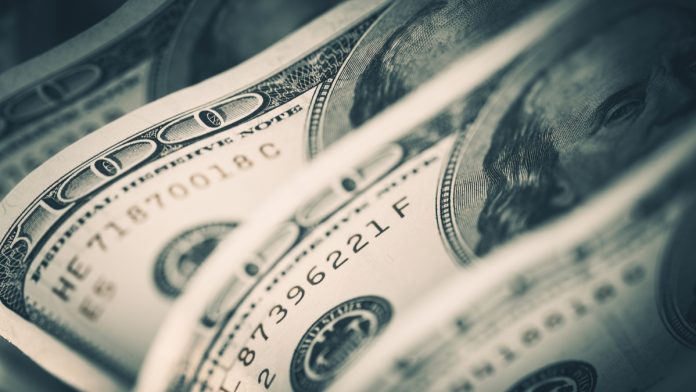The US dollar is higher against the Indian rupee on Monday as markets turn ‘risk-off’ again in response to the severe measures being taken by national governments to stop the spread of the coronavirus and a second emergency cut to interest rates from the US Federal Reserve.
USD/INR was up by 47 pips (+0.64%) to 73.99 with a daily range of 73.84 to 74.33 of 10am GMT.
USD/INR is still down slightly from Thursday’s peak but has regained the 74.00 handle. Last week the exchange rate finished slightly lower by -0.22%.
Indian rupee pressured by weak Indian economy
Indian assets took a beating at the start of the new week with the rupee diving against the US dollar and the benchmark stock indices falling. The Sensex tanked over 2000 points and the Nifty was down 500 points. The flight of capital out of India is not necessarily a reflection on India but moreover a general move into cash and safer assets. Investors are pricing in a global recession and India’s economy had already been weakening before the panic caused by COVID-19.
There are question marks over the possible government response in India where large portions of the population do not have access to quality healthcare. In Europe, governments are taking an increasingly stringent approach to travel and economic activity.
US dollar still a haven despite zero-percent rates
A sharp rise in deaths in France and Spain has shifted attention from Italy where the outbreak has hit hardest. Even those countries less affected are trying to avoid larger outbreaks by closing national borders, limiting travel, banning large gatherings and closing non-essential businesses including restaurants and cafes.
The rupee is off its all-time low against the US dollar but is headed back in that direction despite the decision by the US Federal Reserve to make another emergency rate cut of 100 basis points to take back to near zero. Reduced interest rates in the United States would typically send the dollar lower and rupee relatively higher but investors continue to prefer the dollar as a haven.





